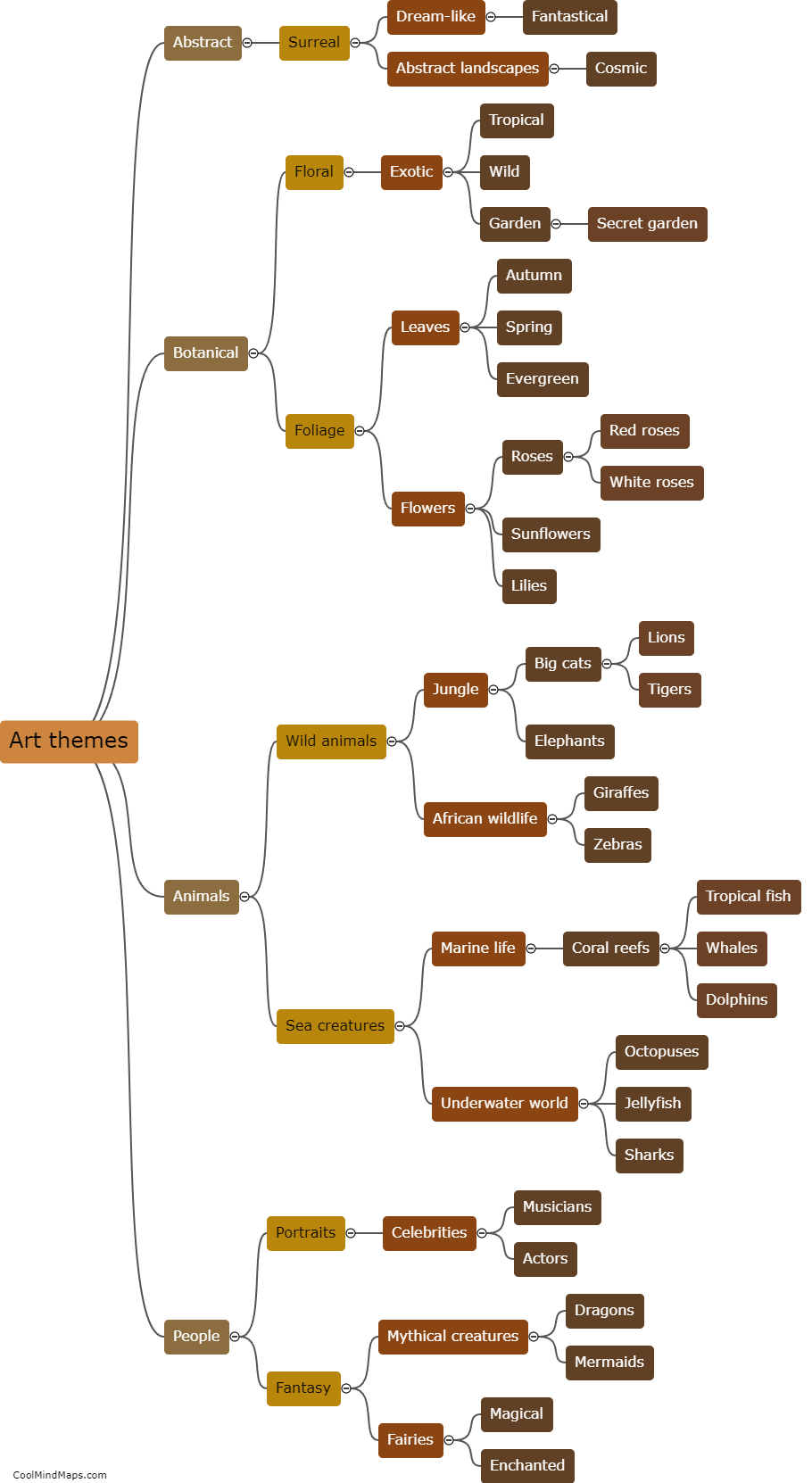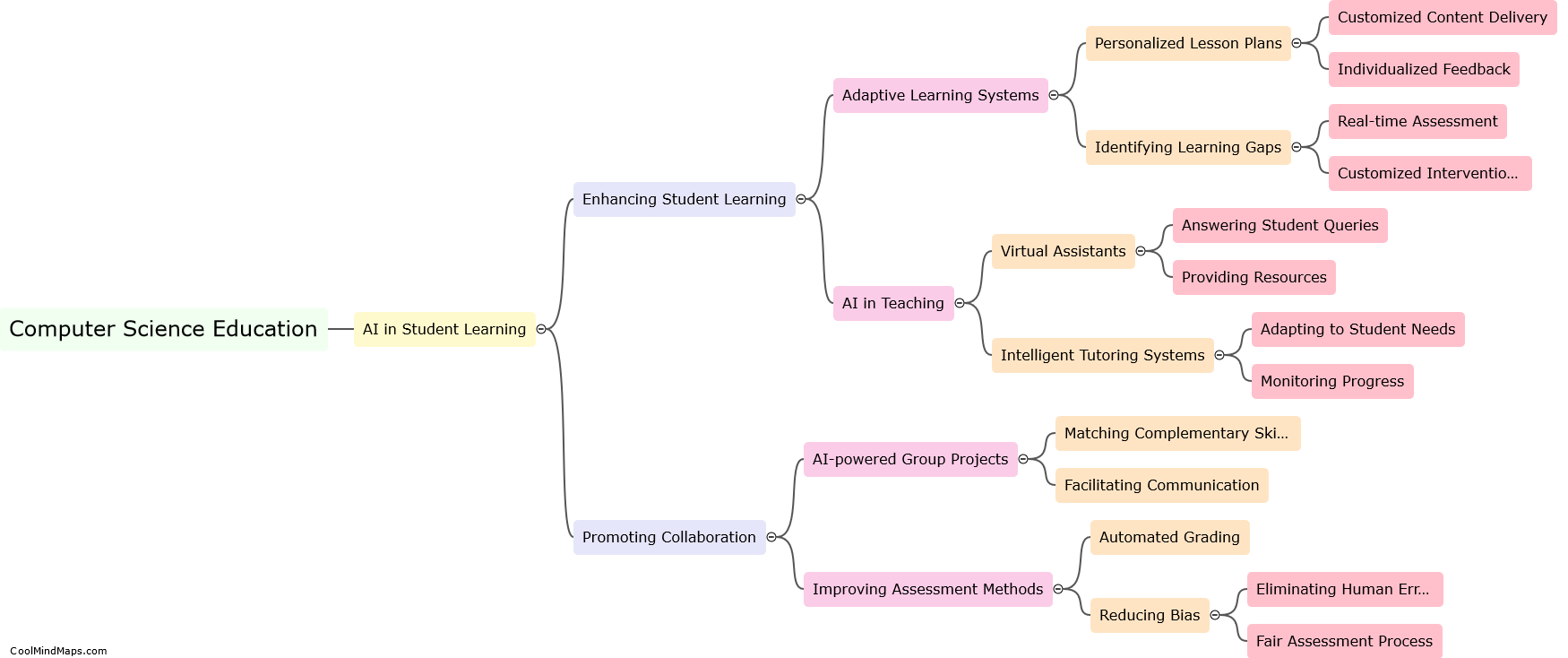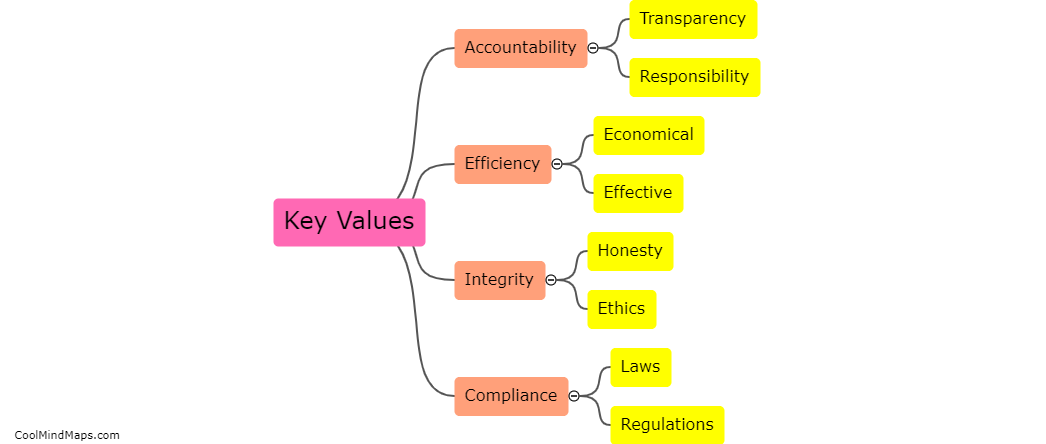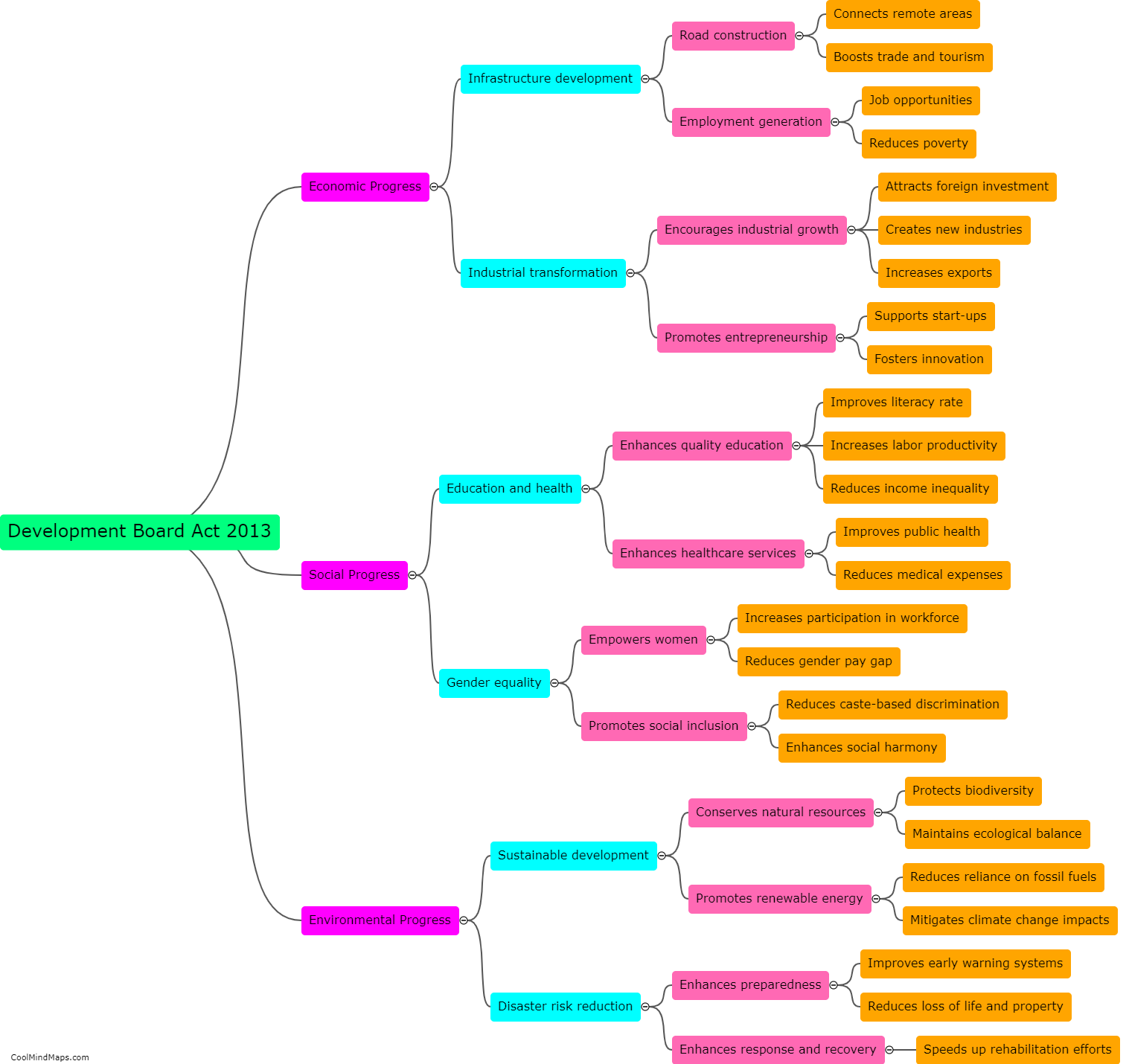What are the criticisms or challenges associated with the Development Board Act 2013?
The Development Board Act 2013 has faced several criticisms and challenges since its implementation. One major criticism is the lack of transparency in the functioning of the development boards. Critics argue that the act does not provide clear guidelines on how the boards are supposed to function and how their decisions are made, leading to potential corruption and favoritism. Another challenge is the limited representation of marginalized and minority groups in the development boards. Critics argue that the act does not prioritize inclusivity and fails to adequately address the needs of these groups. Additionally, there have been concerns regarding the effectiveness and efficiency of the development boards in achieving their intended goals. Critics claim that the boards have been slow to implement development projects and have not been able to effectively utilize the allocated resources. Overall, the Development Board Act 2013 has faced criticisms and challenges in terms of transparency, inclusivity, and effectiveness.
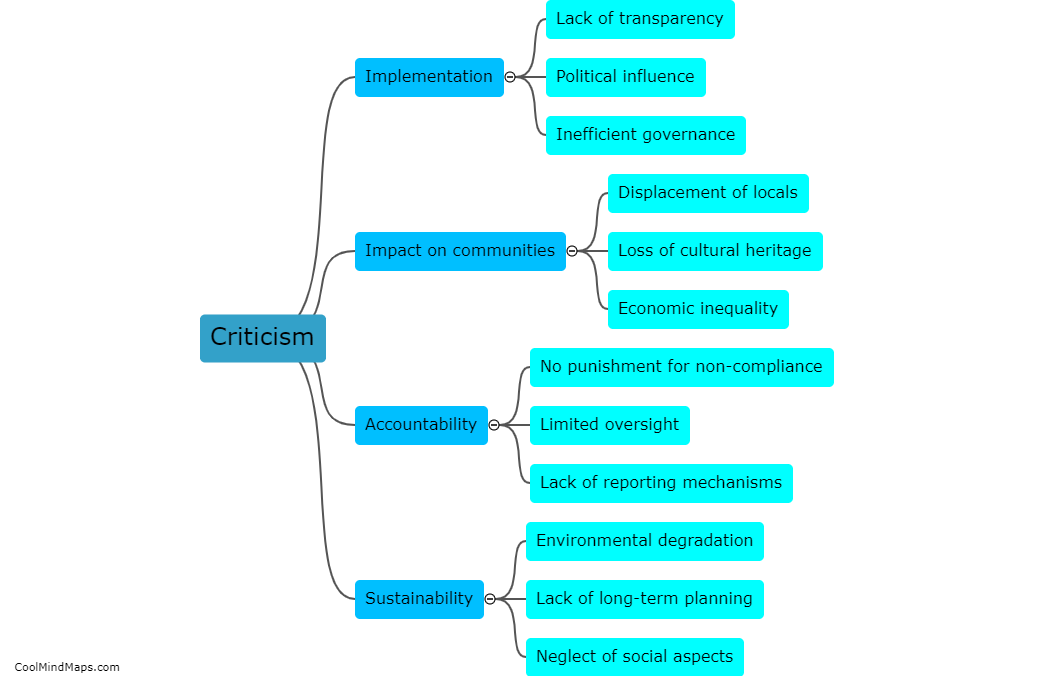
This mind map was published on 26 November 2023 and has been viewed 108 times.

